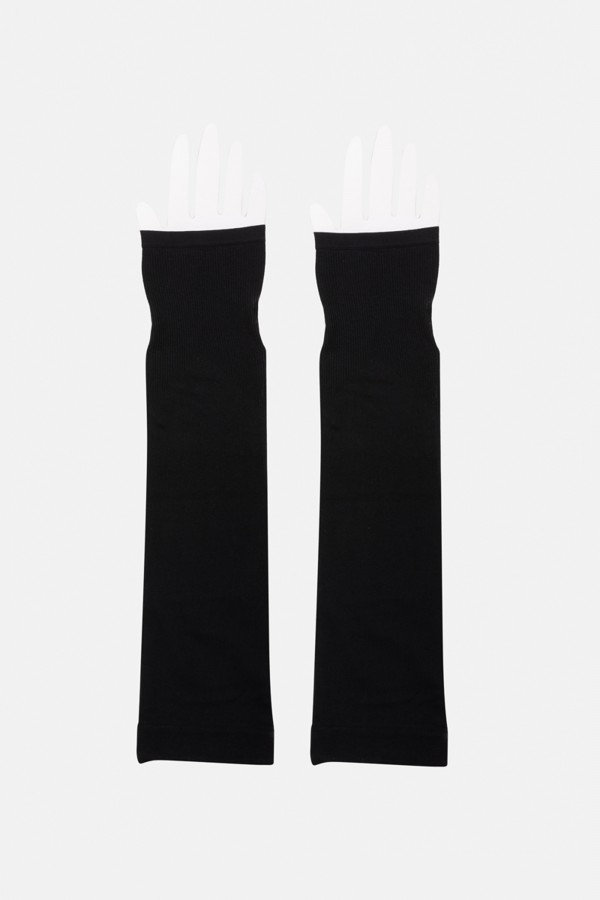The Psychology of Color in Corporate Uniforms: What They Say About Your Brand
In the corporate world, where first impressions matter and brand identity is crucial, every detail counts. One often overlooked aspect that can significantly impact how a company is perceived is the color of its corporate uniforms. The psychology of color plays a profound role in shaping human emotions and perceptions, and harnessing this power in your company's attire can have a lasting impact on both employees and clients.
The Power of Color Psychology
Before delving into the specifics of corporate uniforms, it's essential to understand the basics of color psychology. Colors evoke emotions, trigger memories, and influence decision-making. Different hues can convey a wide range of messages, from trust and professionalism to creativity and innovation.
Building Trust with Blue
 Blue, a popular choice for corporate uniforms, is often associated with trust, reliability, and professionalism. It instills a sense of confidence and competence, making it an ideal choice for industries where trust is paramount, such as finance, healthcare, and technology. Incorporating shades of blue into your corporate attire can create a positive and trustworthy image for your brand.
Blue, a popular choice for corporate uniforms, is often associated with trust, reliability, and professionalism. It instills a sense of confidence and competence, making it an ideal choice for industries where trust is paramount, such as finance, healthcare, and technology. Incorporating shades of blue into your corporate attire can create a positive and trustworthy image for your brand.
Red for Boldness and Energy
The color red commands attention and is associated with strong emotions. It symbolizes passion, energy, and boldness. Companies in dynamic and competitive industries often opt for red in their uniforms to convey a sense of vitality and excitement. However, it's crucial to use red judiciously, as it can also be associated with intensity and aggression.
The Calming Influence of Green
Green often symbolizes nature, growth, and harmony. Companies aiming to convey a commitment to sustainability and environmental responsibility might choose green in their uniforms. This color has a calming effect, making it suitable for industries where a sense of balance and reliability is essential.
Striking a Balance with Neutrals
Neutral colors like black, gray, and white are timeless and versatile. Black exudes sophistication and authority, while gray suggests balance and neutrality. White signifies purity and simplicity. Many companies opt for a combination of neutrals in their uniforms to create a classic and professional look that stands the test of time.
Reflecting Corporate Culture
The choice of colors in corporate uniforms goes beyond simply following psychological cues. It also reflects the values and culture of the organization. Vibrant and diverse colors may convey a dynamic and innovative work environment, while muted and traditional colors may suggest a more conservative and established company culture.
Cultural Considerations
In a globalized world, it's crucial to consider cultural differences when choosing colors for corporate uniforms. What may symbolize trust and reliability in one culture might carry a different connotation in another. Understanding the cultural nuances of your target audience is essential to avoid unintentional misunderstandings.
Employee Morale and Well-being
The impact of color psychology extends beyond external perceptions; it also influences internal dynamics within the company. Employees who feel good about their uniforms are likely to experience a boost in morale and self-esteem. This, in turn, can contribute to a positive workplace culture and increased productivity.
Implementing a Strategic Approach
To harness the full potential of color psychology in corporate uniforms, companies should take a strategic approach. Conducting thorough research on industry norms, understanding the target audience, and considering the company's values are crucial steps. Additionally, seeking input from employees can foster a sense of inclusivity and ensure that the chosen colors align with their preferences.
Case Studies: Successful Implementations
Examining case studies of companies that have successfully leveraged color psychology in their corporate uniforms provides valuable insights. From tech giants embracing bold and vibrant colors to traditional financial institutions opting for a more conservative palette, there's much to learn from the experiences of industry leaders.
Evolving Trends in Corporate Uniforms
As with any aspect of branding, trends in corporate uniforms are constantly evolving. Keeping abreast of current fashion trends, technological advancements in fabric design, and shifts in consumer preferences can help companies stay ahead of the curve. Flexibility in adapting to changing trends ensures that the corporate uniform remains a relevant and effective tool in brand communication.
Related Blog -: Innovative Design - One of the Top Uniform Providers in DubaiConclusion
In conclusion, the psychology of color in corporate uniforms is a powerful tool for shaping brand perception. Carefully selecting colors that align with the company's values, industry norms, and cultural considerations can create a lasting positive impression on both employees and clients. As companies continue to recognize the importance of visual communication in brand identity, the role of color in corporate uniforms will only become more integral in the ever-evolving landscape of corporate branding.
Are you looking for different types of uniforms? Explore La Suma's Varieties of uniforms.24-12-2023 | Globosoft


